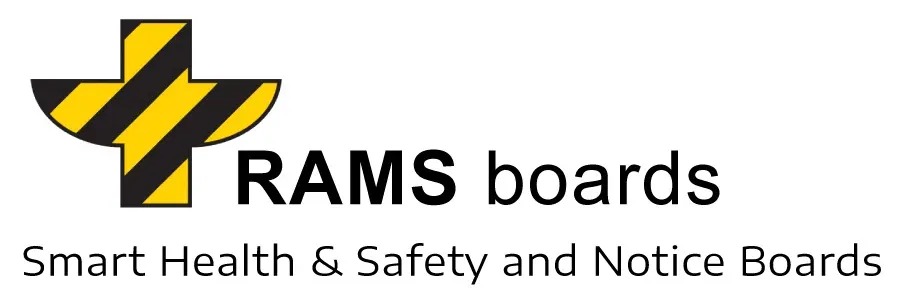RAMS boards are designed to assist companies in highlighting and complying with specific regulations that they need or wish to communicate to their workforce. The boards serve as an effective platform for displaying regulatory information, guidelines, and safety procedures that are crucial in various work environments. Key aspects of RAMS boards that support this function include:
- Multi-Lingual Information Display: RAMS boards are effective in multi-lingual construction sites and other diverse work environments. Their ability to accommodate information in multiple languages ensures that regulatory and safety information is accessible and understandable to all workers, regardless of their native language. This feature is particularly important in complying with regulations that require clear communication of safety and health information to a diverse workforce.
- All-Weather Durability: Their suitability for all weather conditions ensures that regulatory information remains visible and intact in various environmental settings. This durability is essential for continuous compliance with safety regulations that must be prominently displayed at all times.
- Alignment with Safety and Best Practices: RAMS boards are a popular choice among organizations that prioritize safety and adhere to industry best practices. By facilitating the display of regulatory information, these boards help companies maintain compliance with health, safety, and environmental regulations.
- Industry-Wide Relevance: The widespread use of RAMS boards across different sectors, especially in settings where Safety, Health, Environment, and Quality (SHEQ) are critical, demonstrates their effectiveness in addressing industry-specific regulations and standards.
Overall, RAMS boards are a valuable tool for companies to ensure that they are not only disseminating important regulatory information effectively but also reinforcing their commitment to safety, compliance, and best practices in the workplace
